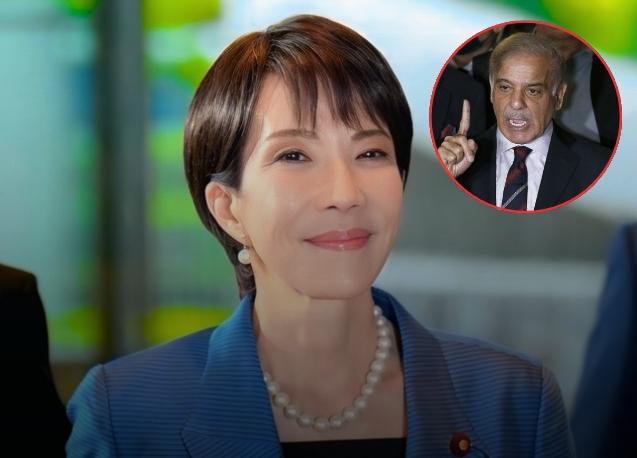Imran Malik, October 22, 2025
Sanae Takaichi has won a historic vote to become Japan’s first female prime minister. The 64-year-old conservative leader, often called Japan’s “Iron Lady,” is an admirer of former British Prime Minister Margaret Thatcher.
Takaichi’s new cabinet, consisting of 23 members, took the oath of office this week — signaling a disciplined and streamlined approach to governance.
In sharp contrast, Pakistan’s Prime Minister Shehbaz Sharif currently presides over a cabinet of more than 70 members, including ministers, advisers, and special assistants — many of whom are unelected.
As professionals committed to governance, policy, and sustainable growth, we should ask the hard questions when we see mismatches between public resources and public outcomes.
Here are key figures:
-
Japan’s nominal GDP is approximately US $4 trillion (2024) and its GDP per capita is around US $32,000-35,000.
-
Pakistan’s economy size is around US $400-450 billion (recent estimates) with per-capita income at roughly US $1,800 (or around that level) for FY 2024-25.
-
Japan’s government operates with standard ministerial portfolios and a modest overall cabinet size. For example, the list of Japan’s ministers is publicly available in a streamlined format.
-
Pakistan, by contrast, has seen its federal cabinet’s size swell—for example, reaching 70 members in one phase with 34 federal ministers + many advisers and special assistants.
Why does this matter?
-
When a country with Pakistan’s economic size and per‐capita income has a large cabinet and multiple ministers, the implication is higher administrative cost, potentially less efficient governance, and greater burden on a vulnerable economy.
-
In contrast, Japan, despite challenges (ageing population, low growth), maintains a relatively lean ministerial structure and uses institutional capacity to manage a large economic scale.
-
For Pakistan to make meaningful progress — raising per‐capita income, improving economic resilience, and reducing dependency on external support — the government structure should reflect efficiency and accountability, not just size.
Call to action for professionals and policy makers:
-
Re-evaluate whether ministerial portfolios are aligned with priority growth sectors, not simply political accommodations.
-
Push for transparency on cost of governance (ministerial salaries, aides, administrative staff) versus outcomes (economic growth, service delivery).
-
Advocate for structural governance reform: fewer ministers, stronger mandate, measurable KPI’s.
If Japan can operate a $4 trillion economy with disciplined governance, we must ask: why should Pakistan carry a cabinet that contradicts its economic realities?


